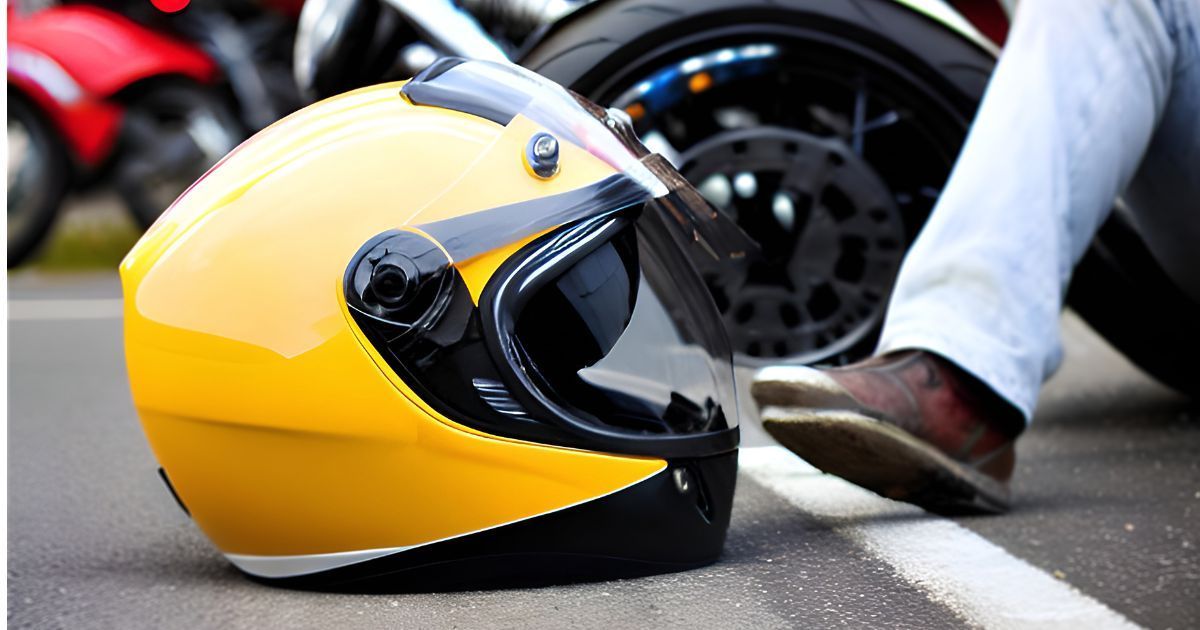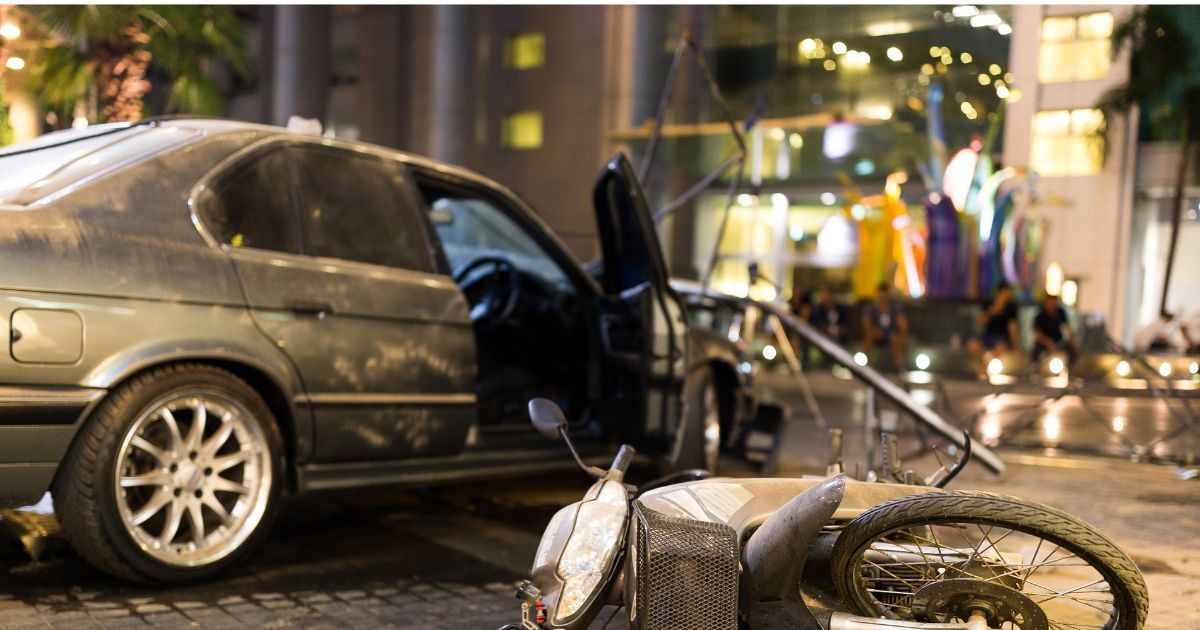How to Stay Safe on a Motorcycle in Massachusetts
Recent Posts
Frequently Asked Questions (FAQ)
What’s the Most Common Cause of Motorcycle Accidents in Massachusetts?
Failure to yield by car drivers, especially during left-hand turns, tops the list, causing nearly 40–50% of multi-vehicle crashes. This aligns with the 1,800–2,000 annual incidents, particularly in busy Norfolk and Bristol counties.
Are Motorcycle Accidents More Deadly in Massachusetts Than Elsewhere?
Yes, somewhat—80% of crashes here result in serious injury or death, higher than the national average (around 60–70%), due to dense traffic and rural road risks. The 450 deaths over 10 years reflect this elevated severity.
How Does Weather Affect Motorcycle Crashes in Massachusetts?
Rain and snow significantly increase crash risk by reducing traction, contributing to the 66% of fatalities on rural roads like those in Plymouth County. Wet weather likely factored into dozens of the 160–180 county deaths since 2015.
Can I Sue If a Pothole Caused My Accident?
Yes, if poor road maintenance caused the crash, you might sue the responsible municipality (e.g., in Plymouth or Bristol counties). You’d need to prove negligence and file within three years, though such cases are tough to win.
Does Not Wearing a Helmet Make Accidents More Common?
No, it doesn’t cause crashes, but Massachusetts’ mandatory helmet law (90% compliance) reduces fatality severity. Non-compliance, rare here, might worsen outcomes, as seen in some of the 24 young rider deaths in 2018.
Why Are Intersections So Dangerous for Motorcyclists?
Intersections combine high traffic, turning vehicles, and visibility issues—41% of serious injuries occur there. In Brockton (Plymouth County) or Quincy (Norfolk County), these factors likely drove many of the decade’s 60–120 fatalities.
Riding a motorcycle in Massachusetts offers freedom and excitement, but it comes with significant risks that require proactive safety measures. From adhering to state laws to navigating seasonal weather challenges, staying safe demands awareness, preparation, and skill. This article outlines key strategies to protect yourself on the road, with a focus on how weather and seasons influence safety.
Stay Safe Following Massachusetts Motorcycle Laws
Massachusetts enforces specific laws to enhance rider safety, and compliance is a foundational step to staying secure. These regulations address equipment, behavior, and legal requirements that reduce risks.
Wear a DOT-Approved Helmet
State law mandates that all riders and passengers wear helmets meeting U.S. Department of Transportation (DOT) standards, fastened securely. Helmets cut head injury risk by about 70%, making them essential—especially since 59 motorcyclist deaths occurred in 2018, per Mass.gov data.
Use Eye Protection
Unless your motorcycle has a windscreen, wear goggles, glasses, or a face shield. This protects against debris, insects, and wind, maintaining clear vision critical for reacting to hazards.
Avoid Lane Splitting
Lane splitting is illegal in Massachusetts, so stay within a single lane. This reduces the chance of collisions with vehicles that don’t expect riders between lanes, a common urban danger.
Enhancing Visibility and Awareness
Motorcyclists are less visible than cars, making it vital to stand out and stay alert. Heightened vigilance is especially crucial in Massachusetts’ busy urban areas and during unpredictable weather.
Wear Bright Gear
Opt for high-visibility clothing—reflective vests, bright jackets, or helmet decals. Drivers opening doors or merging without looking, a frequent threat in cities like Boston, are more likely to spot you.
Ride Defensively
Assume other drivers don’t see you. Watch for turning vehicles, maintain a safe distance, and be ready to brake or swerve. In 2018, 16% of motor vehicle fatalities in Massachusetts were motorcyclists, underscoring the need for caution.
Check Blind Spots
Position yourself where drivers can see you in their mirrors, avoiding blind spots. Use your horn sparingly if needed to alert distracted motorists, especially at intersections.
Weather and Seasonal Considerations
Massachusetts’ distinct seasons—wet springs, humid summers, colorful falls, and icy winters—directly impact motorcycle safety. Adapting to weather changes is key to avoiding accidents.
Spring and Rain
Wet roads from spring showers reduce tire grip and visibility.
- Slow down and increase following distance to account for longer braking times.
- Avoid painted lines and metal surfaces, which get slippery when wet.
- Use waterproof gear to stay focused, not chilled or distracted.
Summer Heat
Hot, humid days can lead to fatigue and dehydration.
- Wear ventilated, light-colored gear to stay cool.
- Hydrate frequently, stopping if you feel dizzy or tired—fatigue impairs reaction time.
- Watch for soft asphalt or tar patches that can destabilize your bike.
Fall Leaves and Wind
Falling leaves create slick surfaces, and gusty winds challenge control.
- Steer clear of leaf piles hiding potholes or oil slicks.
- Reduce speed in windy conditions, gripping the handlebars firmly to maintain stability.
- Be alert for debris blown onto roads, common in autumn.
Winter Riding Risks
While many store bikes in winter, some ride year-round.
- Ice and snow make roads treacherous—avoid riding unless equipped with specialized tires and experience.
- Black ice, prevalent on bridges and shaded areas, is nearly invisible and deadly.
- Cold reduces dexterity; layer up to keep hands and body responsive.
Motorcycle Maintenance and Preparation
A well-maintained bike is less likely to fail you, especially under Massachusetts’ variable conditions. Regular checks and proper gear prep you for safe rides.
Tire and Brake Checks
Inspect tires for wear and proper pressure, and test brakes before every ride. Wet or icy roads demand optimal traction as worn tires contributed to skids in past crashes.
Lighting and Signals
Ensure headlights, taillights, and turn signals work. With shorter fall and winter days, functioning lights boost visibility. This is crucial when 60% of U.S. motorcyclist deaths occur without helmets or in low light, per CDC stats.
Seasonal Storage
If skipping winter, store your bike properly by draining the fuel, lifting the tires off the ground, and covering it copletely. This prevents rust and ensures it’s ready for spring, avoiding mechanical surprises.
Building Riding Skills
Skill development reduces risk, particularly for navigating Massachusetts’ congested cities and rural curves. Experience and training sharpen your ability to handle threats.
Take a Safety Course
Enroll in the Massachusetts Rider Education Program. It teaches hazard avoidance and emergency maneuvers, lowering crash odds-ideal for new riders or refreshers.
Practice Emergency Stops
Master quick, controlled braking on dry and wet surfaces. Practicing in a safe area builds muscle memory for sudden obstacles like deer on rural roads.
Know Your Limits
Avoid riding beyond your skill level or in severe weather if inexperienced. Overconfidence leads to errors-stick to familiar routes in tough conditions like fog or heavy rain.
Massachusetts’ mix of urban traffic, rural roads, and seasonal shifts amplifies motorcycle risks, but smart habits mitigate them. Weather plays a huge role in crashes in Massachusetts. Rain triples crash likelihood, per some studies, while winter ice can be unforgiving. Combine legal compliance (helmets, no lane splitting) with visibility, maintenance, and skill to ride safely. Whether dodging a car door in Boston Metrowest or leaves in the park, preparation keeps you in control.










